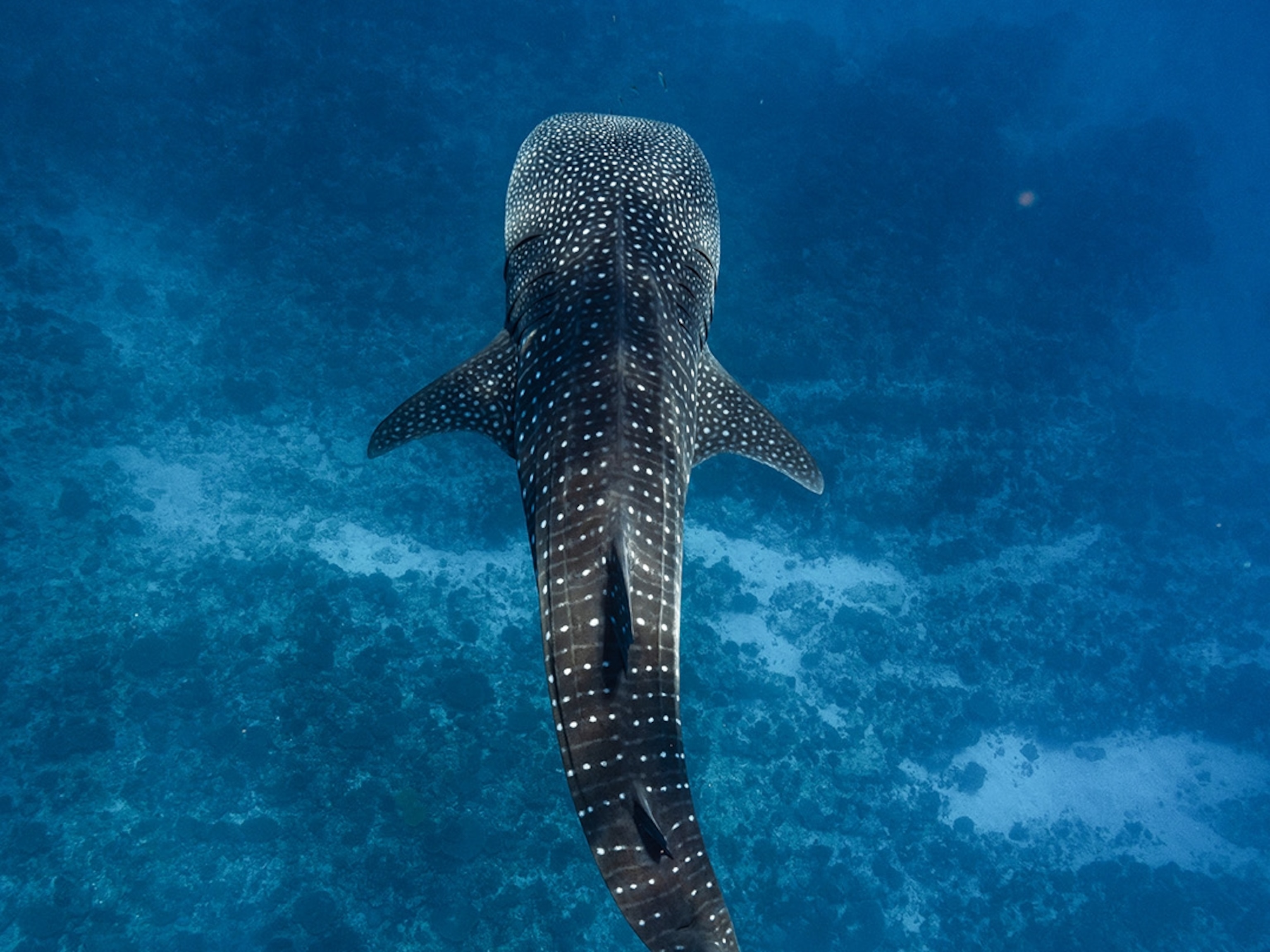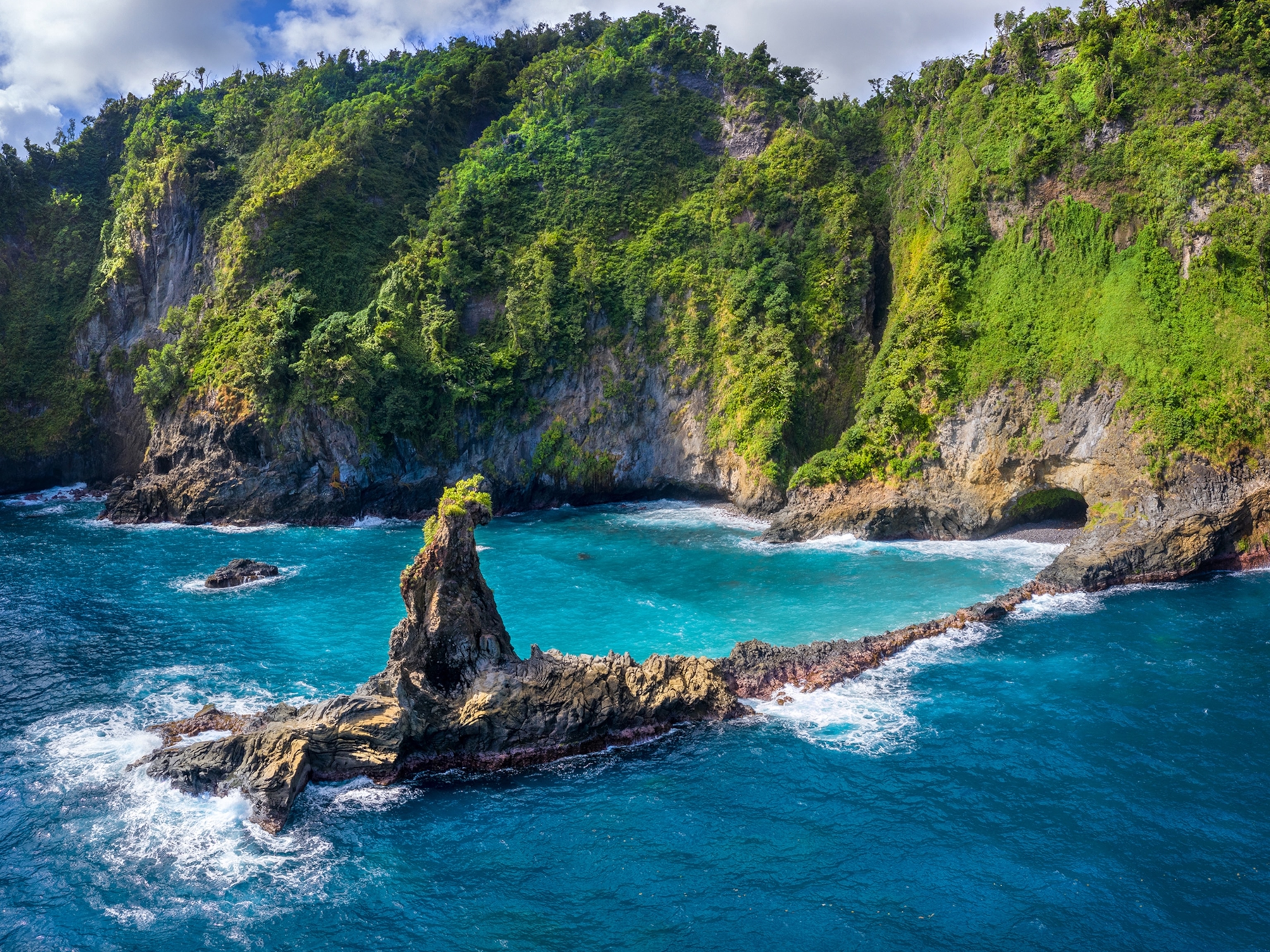70 Car-Size Stingrays Die Mysteriously
The huge freshwater fish may have been killed by pollution in Thailand's Mae Klong River.
More than 70 giant freshwater stingrays—some of them nearly as large as cars—have been found dead in Thailand's Mae Klong River over the past few weeks, according to National Geographic Explorer Zeb Hogan, who is currently in the country studying the fish.
The die-off is alarming because so few of the river giants remain. Giant freshwater rays are listed as endangered by the International Union for the Conservation of Nature, and scientists say they need to learn more about their populations and biology.
Thai officials are currently studying the dead rays with the goal of figuring out what killed them. They have reported that the river is slightly more acidic than typical around where the dead rays were found, though it's unclear if that is related yet.

Some Thai environmentalists have suspected a recent spill from an ethanol plant could have poisoned the rays. Others believe they may have been poisoned by cyanide, possibly intended to kill other more desirable fish. (See more photos of megafish.)
Freshwater rays are rarely targeted directly by fishermen because they are not considered good to eat. They are also so large and strong that they tend to break most fishing gear.
A ray recently found alive in the Mae Klong River was 7.9 feet across and 14 feet long and weighed an estimated 700 to 800 pounds, says Hogan, a professor of biology at the University of Nevada, Reno, and the host of the series Monster Fish on Nat Geo Wild.
Even though they're not hunted, the rays are occasionally entangled and killed as bycatch. They are also threatened by pollution, oil spills, and dams that have fragmented their habitat (Read more about the impact of dams in the region in the magazine).
"One thing is clear: a reduction of pollution from surrounding factories is needed to improve the health of the river and save the stingrays in the long term," Hogan says.
Freshwater megafish, along with freshwater marine mammals, are among the most threatened species in the world, Hogan notes, thanks to pollution, overfishing, and heavy human activity along rivers, including shipping and dams.
"I am hoping that international coverage will encourage more measures to protect this incredible fish," Hogan adds.





